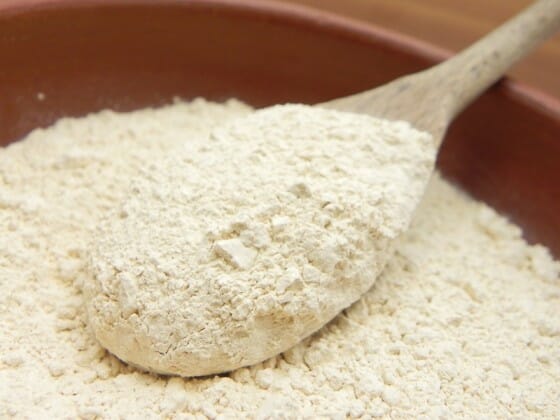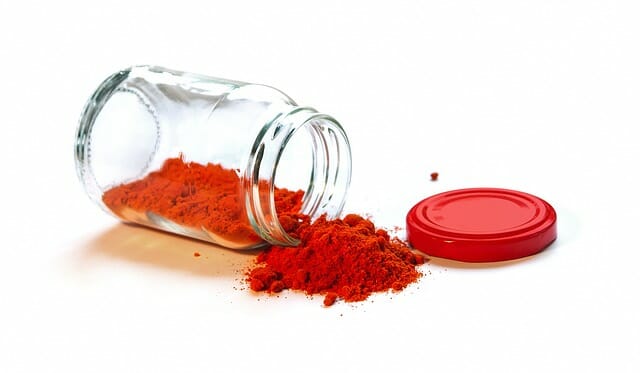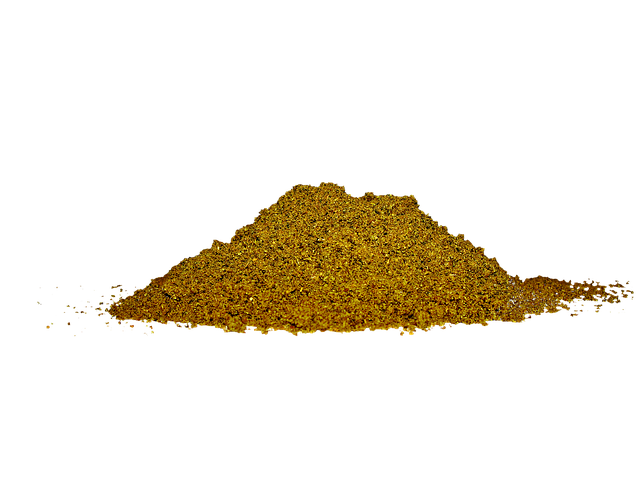More than twenty years ago, in the summer of 1999, I came up with the hair-brained scheme of running a chili cookoff as a way to raise money for the Owego Kiwanis Club Foundation. I had only been a member for a year or so, but saw an opportunity to bring a bit of my Texas roots to our area, in what I hoped would be a fun way to help our college scholarship fund.
I had no idea what I was getting myself into. And it was worth every moment. There were five cookoffs where I was the chairperson or co-chairperson for the event, from 2000-2005. In 2006, I decided it was time to let someone else have all the fun. Aside from 2007, the cookoff ran continuously until 2012. The first year, I just focused on the operating piece. I seem to recall we raised around $1200. Maybe a bit more. The following year, it grew and we cleared $2500, but man it was a lot of work.
Each year thereafter, it declined was unable to generate the needed money to make it worthwhile. Looking back, that may have been in part because we were plagued by some bad weather and partly because the energy had gone out of it. That said, it ran in Owego until 2006, and then moved to the Binghamton area and was operated as a fundraiser by CHOW.
My Chili Journey – the Short Version
We had been able to secure the cookoff as the New York State Championship, associated with the Chili Appreciation Society International. We chose that route for 2 prime reasons…1) it gave us structure that we may not have had otherwise, and 2) it gave us access to a wider audience of cooks from around the world who could serve as a draw. I did not cook my first year. I got shamed into it by one of the fellow cooks from Maryland, and decided to give it a go. That same cook referred to my 2002 recipe as “really good spaghetti sauce.” I got 11th. The following year I managed 9th. And then in 2004, I won the New York State Championship for the first time. I followed it up in 2005 with my second championship. Actually, I only lost one cookoff (finished second) of the five or six I entered between August 2004 and the end of 2005. It was a fun year. And I really began to take competitive cooking seriously.
I made the trip to the Terlingua International Chili Championship in 2005. It was an amazing journey. Considering few folks from New York ever qualify, let alone attend, it was a spectacular experience (even though I am really a transplanted Texan). I went for the second and final time in 2011. After 2012, I decided to retire from competition cooking. It has the potential to be an expensive hobby, both in time and in resources. The time required to prepare, pack, travel, compete, clean up, travel home, unload and clean some more was more than I wanted to do. I was OK with hanging up the chile powders.
A Chili Recipe
After my “spaghetti sauce” attempt in 2002, I decided to commit to developing a competitive recipe. For nearly two years, I sampled more than a dozen different powders from different suppliers and combined them in various ways. I can’t say that I had a particular philosophy. Rather, it was just a series of goals and an understanding that experimenting was fine.
My focus was on the areas that are judged. The judges at a CASI cookoff have traditionally been told to evaluate each chili on its own merits, and that the ideal chili has a good red color, nice smooth consistency, great flavor, and good heat without being so hot that you can’t enjoy the flavor. I did not save the results from all of the various recipes (say “hallelujah”). But I did save the final version that I used for the 2004 NYS Chili Championship. It remained unchanged for the rest of the time I cooked competitively, and has not been modified in retirement, either. So I offer it up to you today…my gift to chili aficionados everywhere, for all to enjoy.
Bob Griffin’s Championship Chili
Ingredients:

- 2 lbs Angus chuck shoulder, cubed and rinsed
- Garlic powder (a fine powder is best)
- Salt
- 8 oz can of Hunt’s No Salt Tomato Sauce
- Cayenne pepper
- High-color paprika
- Ground cumin
- Swanson’s Low-sodium beef broth
- Sazon Goya (1 packet)
- Brown sugar
- Light vegetable oil
- From Pendery’s World of Chile & Spices*:
- Chile Blend – Carol West
- Chile Blend – San Antonio Light
- Chile Blend – New Mexico Light
Chili Spice Preparation
Spices are pre-mixed in 3 batches, or what we called “dumps” when cooking in competition. I was pretty meticulous about the measurements each time, and would then place each dump in a small baggie or sealed container to maintain freshness. Helpful hint: label the bags/containers. Made that mistake once…it wasn’t funny.

Dump #1:
- 2 Tbsp of Chile Blend – Carol West
- 1 tsp of Chile Blend – New Mexico Light
- 1 tsp Cayenne pepper
- 1 Tbsp Paprika
- 1 Tbsp Ground cumin
Dump #2:
- 1 tsp Ground cumin
- 1 tsp Garlic powder
- 1/2 tsp Cayenne pepper
- 1 tsp Chile Blend – Carol West
- 1 Tbsp – Chile Blend – San Antonio Light
Dump #3:
- 1 packet of Sazon Goya
- 1 tsp Paprika
- 1 tsp Chile Blend – Carol West
- 1/2 tsp Brown sugar
Steps:
- Cut the meat carefully into chunks that are about the size of your pinkie (from the tip to the first knuckle). I find it is easier to cut the meat when you have a good knife and the meat is somewhat frozen (not fully frozen).
- Rinse and drain with cold water, then set aside in the refrigerator.
- In a 2-quart sauce pan, pour the beef broth and the tomato sauce and mix.
- Using a non-stick skillet, add 1-2 Tbsp of light vegetable oil (I have also used Extra Virgin Olive Oil – it works, too) and bring the skillet up to low heat.
- Add the meat to the skillet, and add 1 Tbsp garlic and 1 tsp of salt to the meat. VERY IMPORTANT: Only brown the meat lightly, do not overcook! This will help seal in the juices within the meat.
- Move the browned meat into the sauce pan (DO NOT DRAIN), and mix with the broth and tomato sauce.
- Add DUMP #1, and stir to mix well.
- Cover and bring to a low boil for 90 minutes. I recommend stirring well every 10-15 minutes.
- Add DUMP #2, again stirring to mix well. The consistency should still be relatively thin, but if it has thickened to more of a gravy, then add a small amount of beef broth.
- Continue on low boil for 30 minutes, stirring every 5-10 minutes.
- Add DUMP #3, and mix well. The consistency should now begin to get a bit thicker, and resemble more of a gravy. It should coat a spoon without sticking to the spoon.
- Add salt or additional cayenne pepper to suit your tastes and continue on a low boil for 15 minutes, stirring frequently.
- Remove from heat. Let it cool for 20 minutes or so before serving, as it will be HOT.
Notes:
- * I usually purchase all of my ingredients from Pendery’s. I’m not a paid endorser – I just like their products and they have a good selection. Feel free to consider other powders.
- The yield should be about 26-28 ounces. If this is for a meal, you should get about 3-4 servings out of it. Top it off with some finely shredded chedder and/or asadero cheeses for a great flavor profile. And don’t forget the cornbread.
- The reason I recommend no-salt beef broth and tomato sauces is that I prefer to control the salt content myself, and preferably at the end.
- I NEVER take a taste of the chili until after I have put in the third spice dump and mixed well. I’ll be honest…until that third batch of spices makes it into the pot, it just doesn’t taste that good. There is a method to my madness with this recipe, so trust me on this one.
- ASTA – In case you did not know and were wondering…this stands for American Spice Trading Association…yes, really. They assign ratings to certain spices based on some method I couldn’t possibly explain adequately. So trust me on this also and get the 160 ASTA for paprika.
- “Texas Red” chili never had beans. So don’t put ’em in there. Don’t believe me? Check this, and this, and this…you get the idea.
This article first appeared at robertgriffin.net in December of 2018. it is republished here, with minor edits to improve clarity or accuracy.




